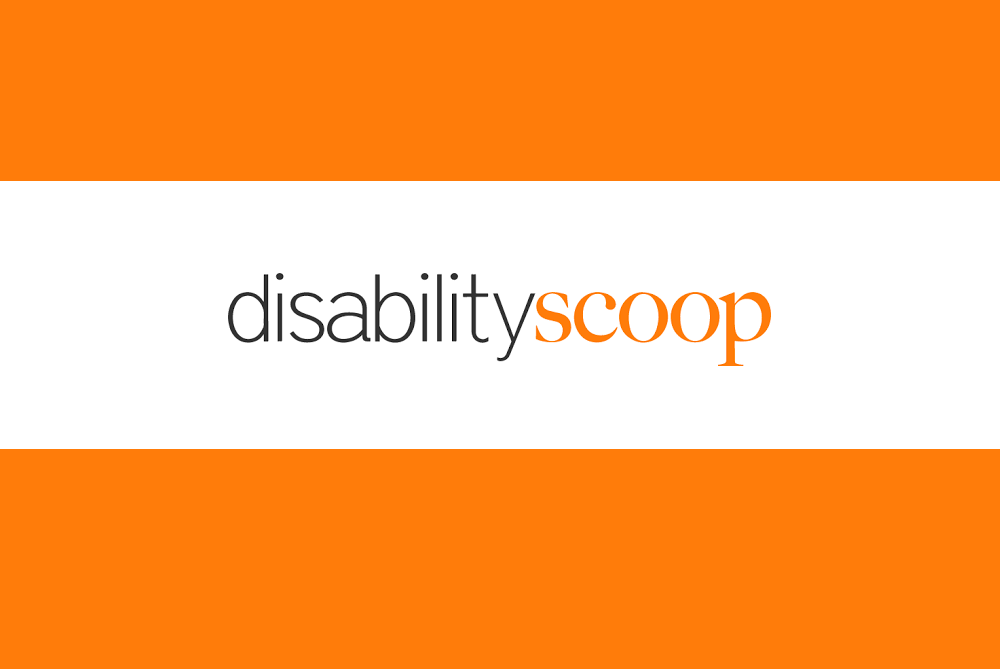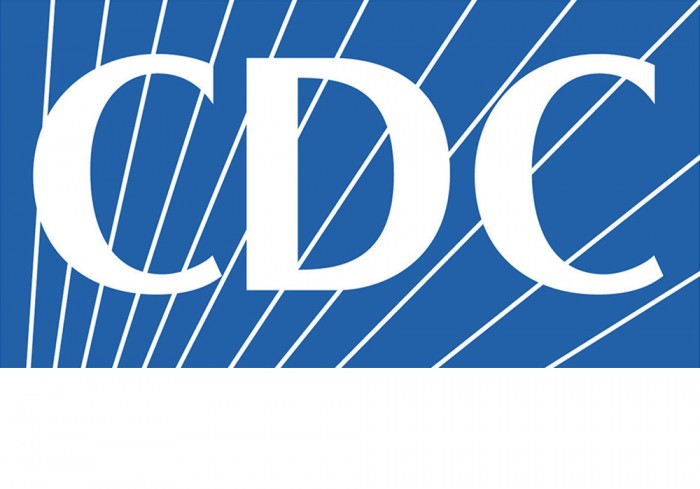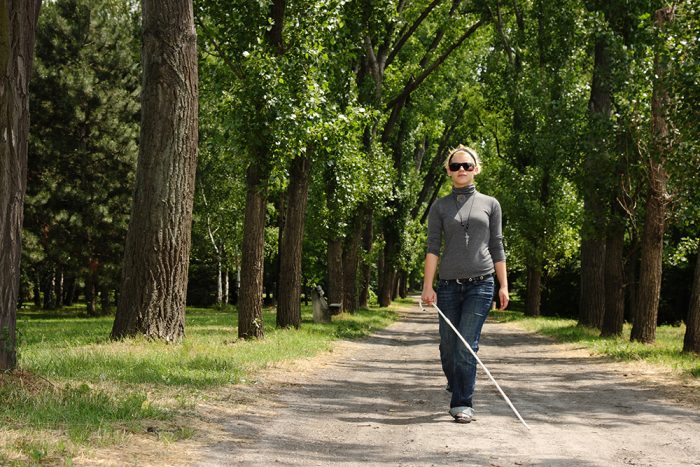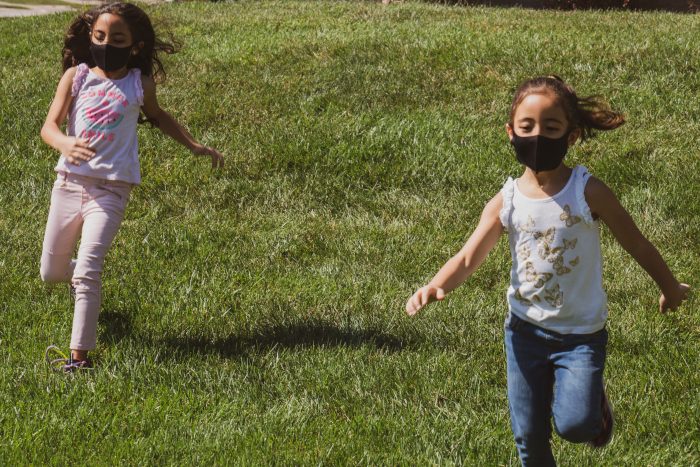cdc
CDC Call to Focus on Patients With Cognitive Symptoms Following COVID
The Centers for Disease Control and Prevention (CDC) Clinician Outreach and Communication Activity (COCA) will host a call on May 5, 2022, from 2:00 pm – 3:00 pm that will focus on and discuss post-COVID conditions (PCC), specifically cognitive symptoms or “brain fog” following SARS-CoV-2 infection.
The American Academy of Physical Medicine and Rehabilitation (AAPM&R) has recently published a Multi-Disciplinary Collaborative Consensus Guidance Statement on the Assessment and Treatment of Cognitive Symptoms in PCC that provides practical guidance to clinicians in the assessment and treatment of individuals with cognitive symptoms and a history consistent with PCC.
To participate, use the provided Zoom link. The passcode is: 828356.
Or dial 699-254-5252. Webinar ID: 160 331 6732. The call will be recorded and will be available on the COCA Call web page a few hours after the live event ends. Registration is not required to participate.
The slide set will be available on the day of the call on the COCA Call web page under Call Materials. Free Continuing Education (CE) will be offered for this COCA Call.
CDC Booster Recommendation Update
The Centers for Disease Control and Prevention (CDC) continues to recommend that all eligible adults, adolescents, and children 5 and older be up-to-date on their COVID-19 vaccines, which includes getting an initial booster when eligible.
On March 29, 2022, the CDC updated its recommendations to allow individuals who are moderately to severely immunocompromised, as well as people over the age of 50 who received an initial booster dose at least 4 months ago, to be eligible for another mRNA booster to increase their protection against severe disease from COVID-19.
It was also announced that adults who received a primary vaccine and booster dose of Johnson & Johnson’s Janssen COVID-19 vaccine at least 4 months ago may now receive a second booster dose using an mRNA COVID-19 vaccine.
These updated recommendations acknowledge the increased risk of severe disease in certain populations, including those who are elderly or over the age of 50 with multiple underlying conditions, along with the currently available data on vaccine and booster effectiveness.
The CDC web page How Do I Find a COVID-19 Vaccine? offers additional guidance to locate a COVID-19 vaccine provider.
FDA Authorizes Second Coronavirus Booster Shot for People 50 and Older
Pandemic Medical Innovations Leave Behind People With Disabilities
COVID-19 Isn’t Going Away, But Health Officials Say Pa. is Ready to Transition to the Next Phase
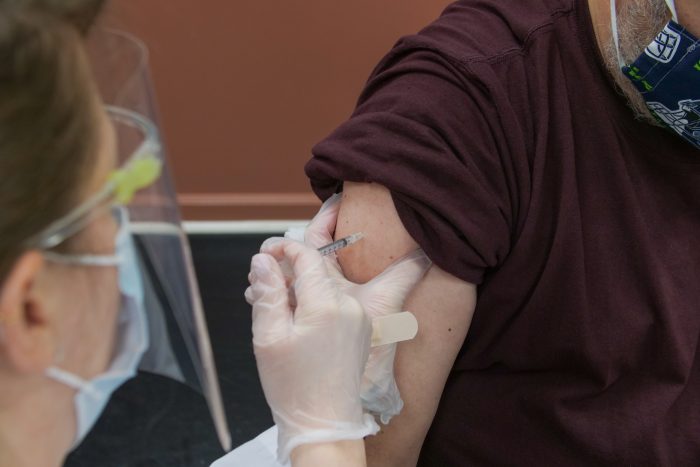
Funding Update: Round 4 of Federal Provider Relief Fund Payments
The Health Resources and Services Administration (HRSA) is making more than $560 million in Provider Relief Fund (PRF) Phase 4 General Distribution payments to more than 4,100 providers across the country this week. Providers will receive an email notification by Thursday, February 24 if their application was among those processed in this latest batch. HRSA is working to review all remaining applications as quickly as possible.
With today’s announcement, a total of nearly $11.5 billion in PRF Phase 4 payments has now been distributed to more than 78,000 providers in all 50 states, Washington D.C., and five territories. This is in addition to HRSA’s distribution of American Rescue Plan (ARP) Rural payments, totaling nearly $7.5 billion in funding to more than 44,000 providers since November 2021.
Learn More
- The Department of Health and Human Services (HHS) published a press release on February 24 and an updated state-by-state table detailing all Phase 4 payments made to date.
- As individual providers agree to the terms and conditions of Phase 4 payments, it will be reflected on the public dataset.
If you have any further questions, please contact your RCPA Policy Director.
CDC to Loosen Coronavirus Mask Guidelines As Soon As Friday
National Council Provides New Resource On OD Prevention, Response Efforts In Community Corrections
The National Council for Mental Wellbeing, with support from the Centers for Disease Control and Prevention, conducted an environmental scan to determine how overdose prevention and response efforts are currently implemented in community corrections. This effort included a literature review, 19 key informant interviews, and a roundtable discussion with a diverse group of individuals with experience in community corrections, overdose prevention, or harm reduction.
Key findings, along with the full report, are available on the National Council’s website.





